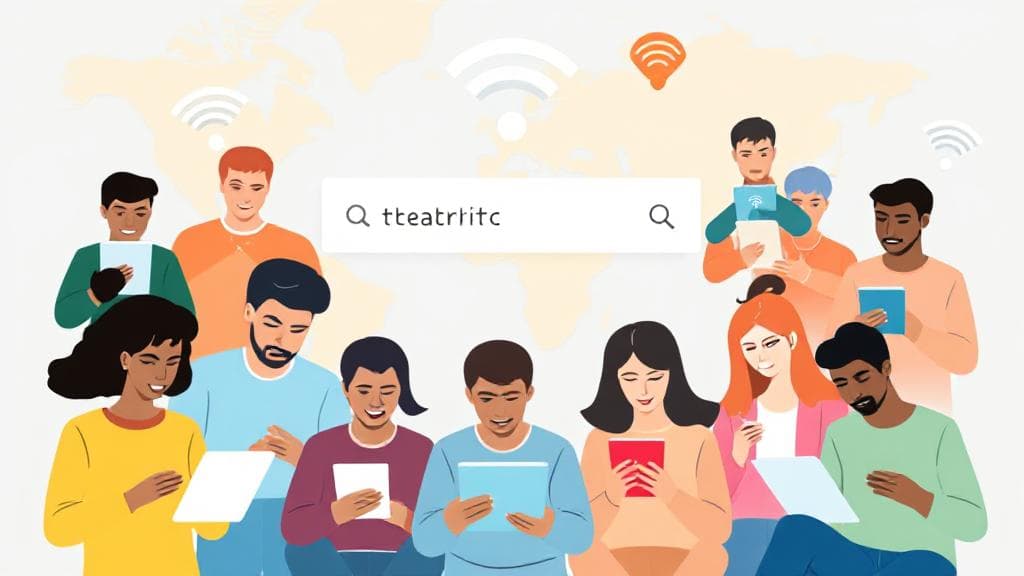Introduction
In today's digital age, having a reliable internet connection is essential for both personal and professional activities. Whether you're moving to a new area or simply looking to switch providers, finding the right internet service provider (ISP) can be a daunting task. This guide will walk you through the process of finding and evaluating internet providers in your area.
Using Online Tools
Several online tools can help you quickly identify ISPs in your area. These tools typically require you to enter your zip code or address and will provide a list of available providers:
The FCC broadband availability map is another valuable government resource that shows internet service coverage across the United States.
Types of Internet Connections
Cable Internet
Delivered through coaxial cable lines, offering speeds typically ranging from 25-1000 Mbps. Popular providers include:
- Comcast Xfinity
- Spectrum
- Cox Communications
Fiber Optic
The fastest and most reliable option, with speeds up to 2000 Mbps or higher:
- Verizon Fios
- AT&T Fiber
- Google Fiber
DSL
Uses existing phone lines, typically slower but widely available:
- CenturyLink
- AT&T
- Frontier
Satellite
Available almost anywhere with a clear view of the southern sky:
- Starlink
- HughesNet
- Viasat
Local Resources and Community Input
Check with Local Utility Companies
Local utility companies often have partnerships with ISPs and can provide information on available services, especially in rural areas where options might be limited.
Consult Community Resources
Libraries, community centers, and neighborhood associations can provide valuable insights into which providers offer the best service in the area.
Ask Neighbors and Friends
Word of mouth can provide firsthand accounts of:
- Actual speeds versus advertised
- Service reliability
- Customer service quality
- Installation experiences
Factors to Consider When Choosing an ISP
| Factor | Why It Matters |
|---|---|
| Speed | Determines streaming quality and download times |
| Price | Monthly cost including equipment and fees |
| Data caps | Limits on monthly usage |
| Contract terms | Length of commitment required |
| Customer service | Quality of support when issues arise |
Additional Features
- Bundling Options: Some ISPs offer bundled services, such as TV and phone
- Equipment: Check if the provider offers rental or purchase options for modems and routers
Final Tips
"The best internet service provider isn't always the one with the lowest price or highest speeds. Consider reliability, customer service, and total cost of ownership."
Before making your final decision:
- Request detailed pricing breakdowns
- Understand equipment options (buying vs. renting)
- Review cancellation policies
- Check for service guarantees
- Verify any promotional pricing expiration dates
Remember to periodically review your service and available options, as new providers may enter your area and better plans may become available.
Customer Research
Check multiple sources for customer feedback:
- Yelp
- ConsumerAffairs
- Local community forums
- Social media platforms
Consider future needs when selecting a provider, including:
- Working from home requirements
- Gaming and streaming habits
- Number of connected devices
- Potential household growth
